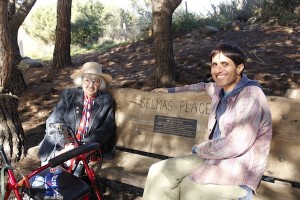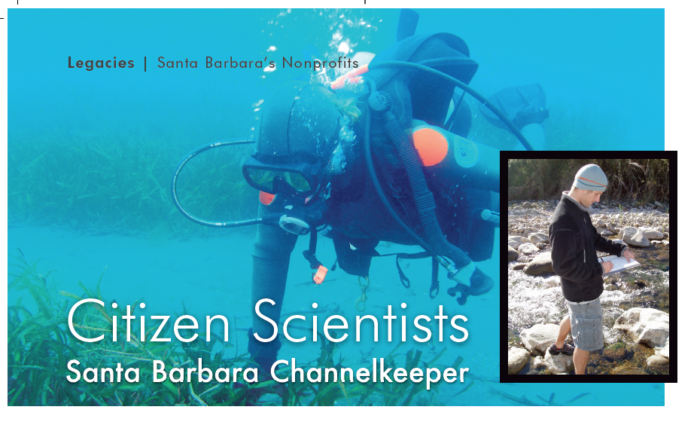The legacy of beloved local activist Selma Rubin lives on in filmmaker Beezhan Tulu‘s new documentary, Selma Rubin and Community of Life, which is an official selection of the Santa Barbara International Film Festival.
When asked what inspired him to do the film, Tulu said, “I believe we don’t own this planet and we share it with billions of other species that our health and livelihood completely depends on theirs. Therefore I always look for stories that promote a healthier planet for all species. Selma Rubin and her community has done that. Therefore a story like Selma’s and how she has encouraged every one around her to build strong organizations such as EDC (Environmental Defense Center) and CEC (Community Environmental Council) has been very inspiring to me.”
The documentary focuses on the period of time when Rubin (who passed away in 2012) finds out that a developer is planning to build 1,500 homes on the Gaviota Coast and decides to stop him. It’s definitely a must see for locals. Along with footage of Rubin, it also features Dave Davis (CEO/Executive Director of the Community Environmental Council), Chris Mobley (Channel Islands National Marine Sanctuary Superintendent), David Landecker (former Executive Director of the Environmental Defense Center), Jean-Michelle Cousteau (explorer, environmentalist and Chairman of the Board and President of Ocean Futures Society), Linda Krop (Chief Counsel of the Environmental Defense Center), Marc McGinnes (UCSB Environmental Studies Program), Paul Relis (founding Executive Director of the Community Environmental Council) and Mike Lunsford (charter member and president of the Gaviota Coast Conservancy Board of Directors).
In addition to a touching local story, what Tulu hopes people will take away from the film is an encouraging message. “I believe in people and know that we need to be working to gather for a better world. I believe that focusing on a healthier planet for all species goes beyond our differences in culture, religion, nationality, race, sex, skin color and all other shallow thoughts that have separated us and made us suffer. And although we live in hard times and 98% of scientists agree that global climate change is real and we need to do something very serious, really fast, and really soon. But I believe this is also a great opportunity to unite us again as humanity.”
Selma Rubin and Community of Life will screen at Santa Barbara Museum of Art on February 4 at 7 p.m. and at Metro 4 Theatre on February 5 at 10 a.m.
—Leslie Dinaberg
Originally published in Santa Barbara SEASONS on January 28, 2014.



